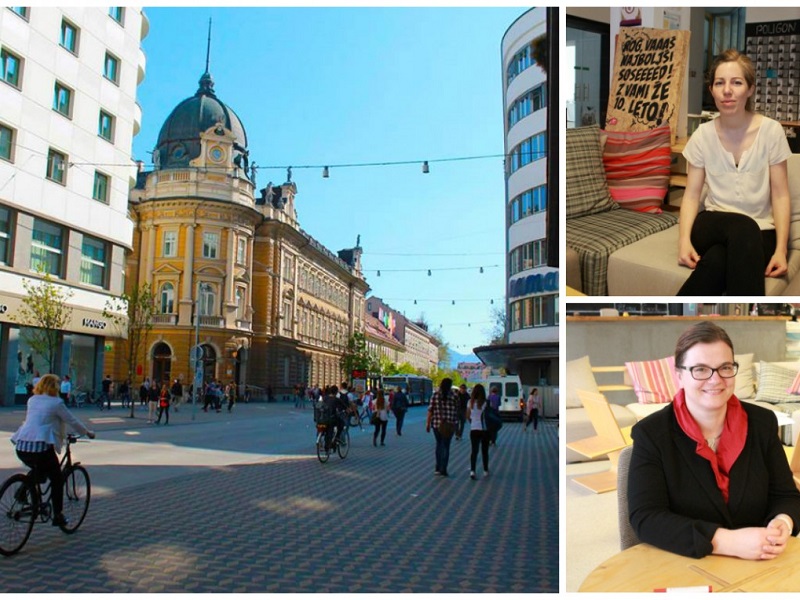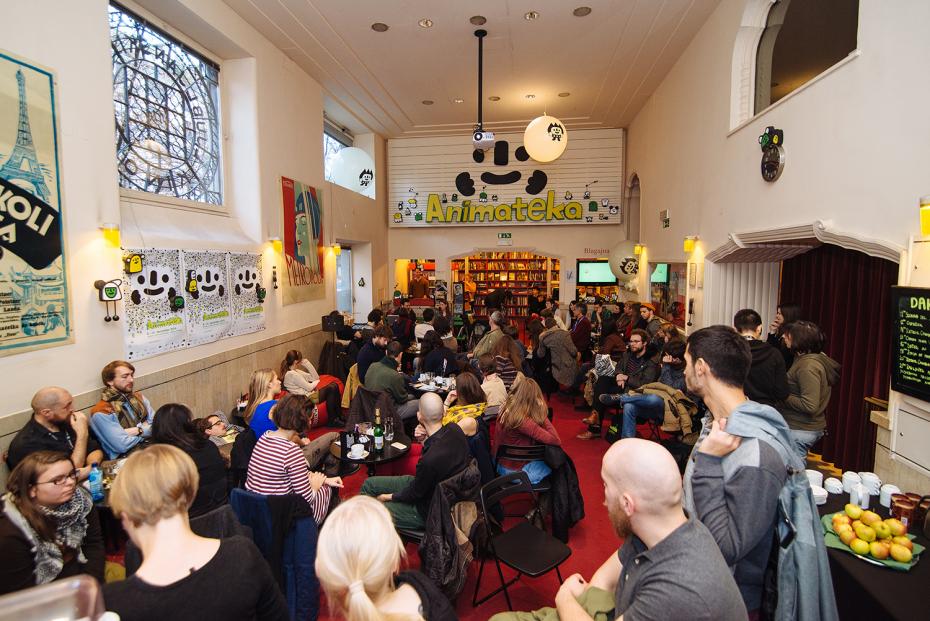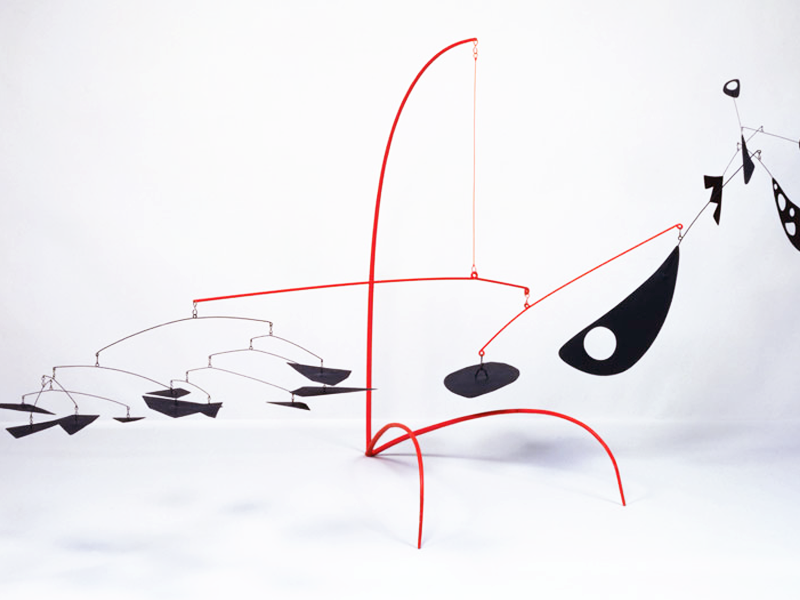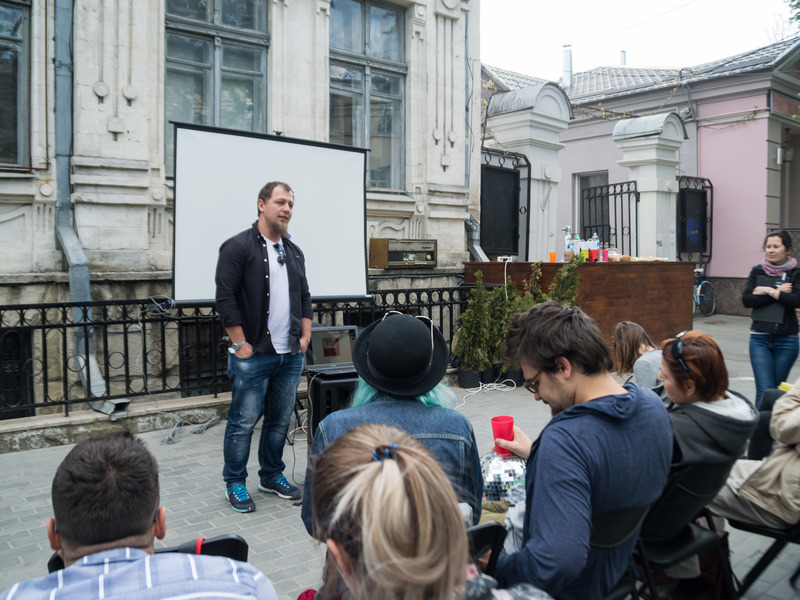
Creativity in Slovenian Cities: Animateka and MoMoWo – Cultural Projects Funded under the Creative Europe Programme
Since Slovenia acceded to EU in 2004, dozens of Slovenian cultural organisations were supported by the European Union through this program to which Moldova has been a party since 2014. During the study visit in Slovenia, together with cultural managers from the Eastern Partnership countries we learned about a number of cultural projects that succeeded to develop with the help of the Creative Culture Programme.
Animateka – hundreds of animated films from all over the world
In 2004, Igor Prassel established a festival of animated films. During the first years, 20 films were projected, and the number increased up to 400 films from 35 countries during one single edition. Now, the festival lasts one week and continues to extend. Therefore, before these festivals, thematic exhibitions, and later specific events are organised during the whole year until the next edition.
Animateka brings to the spotlight a great number of films from countries with a low capacity to create audiovisual works, including from Eastern Europe countries. Thus, Animateka is becoming an important platform to bring to the attention the contemporary animation films from different regions due to the fact that the festival gained an important international recognition.
Sanja Čakarun promotes the festival and deals with PR issues. She told us that the Creative Europe Programme provided considerable financial support to the festival during the years. Thus, the festival received between EUR 15 and 33 thousand every year, during eight years of EU funding. ‘The European support is very important for us. We are also supported by the Ministry of Culture, by the municipality and by several private partners’, Sanja says. In addition, people can attend the events on the basis of a ticket which usually does not cost more than 5 euro, and students and children get discounts.

‘There are different authors at Animateka: festival producers, animators, comic books authors, students, authors who won the OSCAR or big names in the world of animation. Some projects were born in Animateka because their authors meet each other here and developed further collaborations’, Sanja tells. ‘Many people continue to believe that the animated films are for children, but we are trying to say that this is not true; the animated movies don’t have any boundaries, therefore they are for everybody’, the young woman adds, being convinced that 10 years ago did not even know about the concept of being a producer of animated movies, but the audience is starting to know better this type of art.
From psychological topics, to topics about ecology and LGBT rights, every edition of Animateka presents a topic which make people meditate, discuss and debate.
MOMOWO – the Itinerary of ‘Hidden Characters’ in Male-Dominated Professions
Ljubljana is abundant in colourful facades and interiors of both old and restored old buildings. The building of the former corporate bank, for instance, is appreciated for its original interior and exterior decorations. All the four levels have bay windows painted in the colours of the Slovenian flag, with light gold accents. The design of the main hall is even richer and shows pictures of women dressed in traditional costumes of Slovenian region – Gorenjska. Few people know that the design fully belongs to Helena Vurnik, an artist who lived between 1882-1962 and who activated on the territory of Austria and of today Slovenia. She distinguished herself through various works painted on different architectural objects. Helena is one of the 100 women protagonists of the project Women’s Creativity since the Modern Movement, and the above mentioned building is one those dozens of places remarked in different itineraries created in six European capitals, which reveals the contribution of various women architects, engineers, designers, etc.
Launched in 2014, Women’s Creativity since the Modern Movement is a project-manifest aimed to promote women in male-dominated professions like design, architecture, engineering, urban planning, and other professions related to them. Thus, women from Italy, Portugal, Spain, France, Netherlands and Slovenia collaborate in different activities to change this belief and to bring to the attention names of women who had and have an important role to play in such areas.

Barbara Vodopivec, program assistant in Slovenia, declared for #diez that creating a data base of totally unknown women who already obtained notable results is one of the key project stages: ‘We create the profiles of these women and we publish them online in a chronological order. We have a women for every year – 100 women for 100 years’. The presentation is also done in the form of a trip itinerary in every capital of the participant country, by discovering different places through women who contributed to build, place or design them.
The project is funded by the Creative Europe Programme and is planned to be developed during four years. In 2014, it received about EUR 1.2 million funding, approximatively 50% of the total investment. Besides the publications, the organisers held exhibitions, conferences, lectures, and workshops.
‘It’s developing like a movement’, Barbara says. ‘We are happy that the areas we are speaking about are more and more popular among women, especially the education area. The problem is that it is harder for women to obtain bigger projects and we can’t explain this. Probably the investors continue to trust more the men.’
The article was drawn up in cooperation with the EU-Eastern Partnership Culture and Creativity Programme 2015-2018 – culturepartnership.eu. - http://diez.md/2017/05/30/foto-video-creativitatea-orasele-slovene-ii-animateka-si-momowo-proiecte-culturale-finantate-de-programul-europa-creativa/




